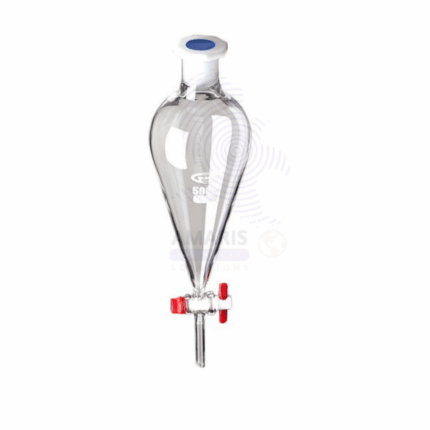
Separating funnel
$5.84 Original price was: $5.84.$4.67Current price is: $4.67.
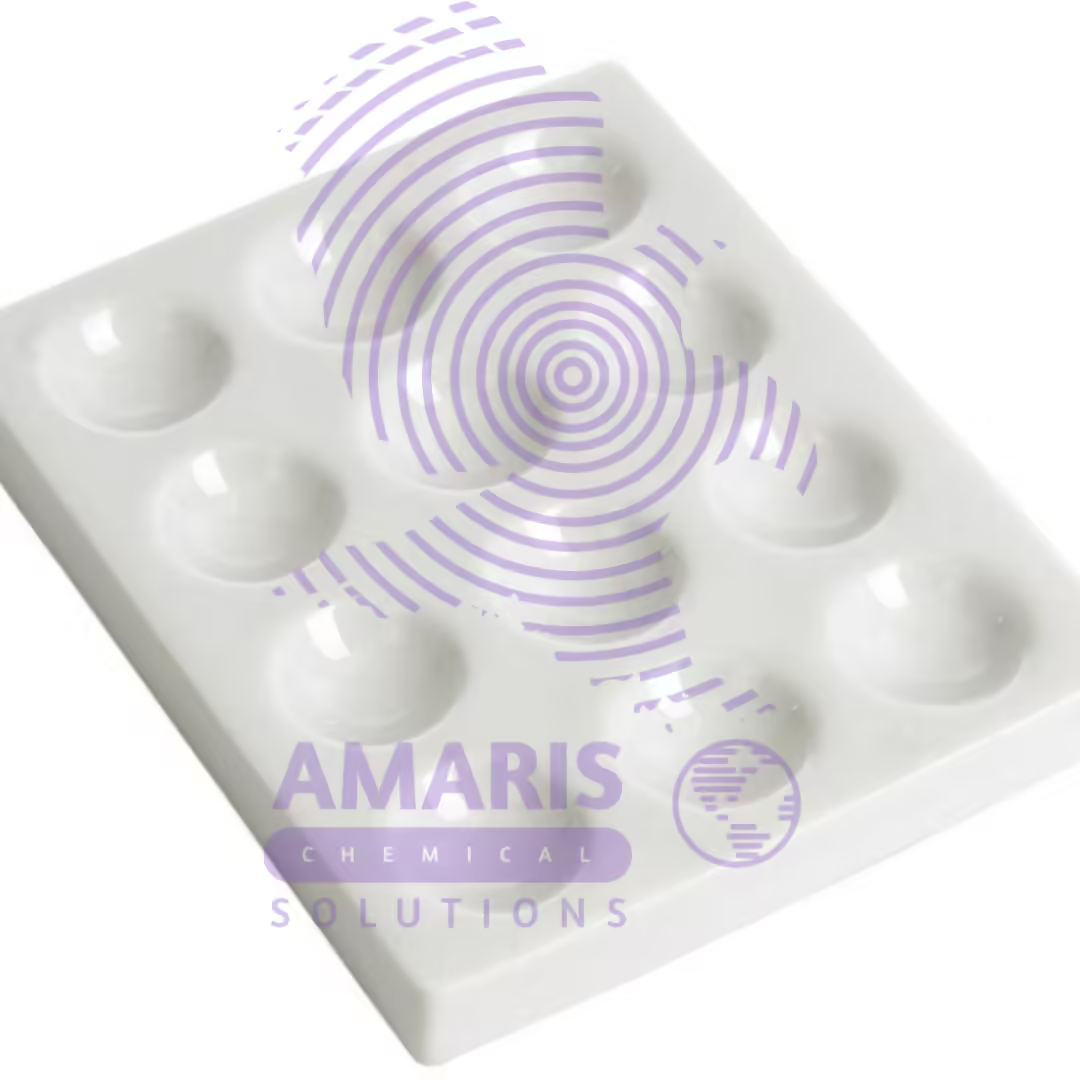
Tile cavity
$2.88 Original price was: $2.88.$2.34Current price is: $2.34.
Terminals
$5.45 Original price was: $5.45.$5.06Current price is: $5.06.
Terminals, in a laboratory context, refer to connection points that facilitate the transfer of electrical signals, data, or power between different devices or systems. They serve as the interface for wiring, allowing for the secure and organized connection of equipment
SKU:
ACS65311CHEM0
Category: Consumables & Accessories
Description
Uses of Terminals
- Electrical Connections:
- Wiring terminals are used for securely connecting electrical equipment or instruments to a power source. They ensure a stable, safe, and organized electrical connection, often found in setups like electrochemical experiments.
- Data Communication:
- Computer terminals are used to interface with computers or lab equipment for data acquisition and analysis. They allow scientists to control instruments, run simulations, and monitor real-time data from experiments.
- Control Systems:
- In automated laboratory setups, terminals can be part of the control systems for devices like incubators, spectrometers, or chromatographs, allowing users to input commands, monitor conditions, and adjust parameters.
- Monitoring and Display:
- Some terminals are used as display interfaces for real-time monitoring of laboratory processes, showing data such as temperature, pH, or pressure from sensors.
- Connection Points for Instruments:
- Terminal blocks are often used to connect multiple devices to a single instrument, allowing for more organized and accessible connections in complex setups, such as in large testing equipment or analysis systems.
Reviews (0)
Be the first to review “Terminals” Cancel reply
Related products
Blotting paper
Blotting paper is a highly absorbent, porous paper designed to absorb liquids and retain solid substances. Typically made from cotton or cellulose fibers, it is characterized by its smooth texture and high wicking ability, allowing it to efficiently draw in moisture. In laboratory settings, it is widely used for tasks such as absorbing excess liquids, facilitating chromatography, transferring samples, and preparing biological specimens. Its versatility makes it an essential tool in various scientific applications, including molecular biology, histology, and general laboratory work.
Bottle dropper rabbit type plastic
A rabbit-type plastic bottle dropper is a small, squeezable container made from durable, lightweight plastic, featuring a long, slender dropper tip. Its design typically includes a rounded body for easy grip and a secure cap to prevent leakage. The dropper tip allows for precise dispensing of liquids, making it ideal for controlled application of reagents, samples, or solutions in laboratory, clinical, and household settings. These droppers are often used for transferring small volumes of liquid, conducting experiments, or administering medications, and are valued for their accuracy and convenience. The material is typically resistant to chemicals, ensuring compatibility with various solutions.
Burette clamp
A burette clamp is a laboratory device designed to securely hold and stabilize a burette during experiments. Typically made from durable materials like metal or plastic, it features a strong gripping mechanism that can accommodate various sizes of burettes. The clamp is often attached to a ring stand or a support rod, allowing for height adjustments to ensure the burette is positioned at eye level for accurate readings. Its design includes a hinge or screw mechanism that permits easy placement and removal of the burette. The primary purpose of a burette clamp is to prevent spills and ensure precise control of liquid dispensing, making it essential for titrations and other quantitative analysis procedures. With its reliable support, a burette clamp enhances safety and efficiency in the laboratory.
Centrifuge tubes
Centrifuge tubes are specially designed, narrow, and conical containers used in laboratory centrifuges to hold liquid samples during high-speed spinning. Their conical shape allows for the efficient separation of components by density, with heavier particles settling at the bottom and lighter ones remaining at the top. They are typically made of durable plastic or glass, with markings for volume measurement, and come in various sizes to accommodate different sample quantities. Centrifuge tubes are crucial for tasks like isolating biological materials, purifying proteins, and concentrating samples in fields such as biology, chemistry, and medical research.
Plastic wash bottle
A plastic wash bottle is a versatile laboratory tool designed for the controlled dispensing of liquids. Typically made from durable polyethylene, its lightweight, squeeze-design allows for precise flow control, making it ideal for rinsing and pouring. The narrow spout facilitates targeted application, minimizing spills and waste, while the translucent body enables users to easily monitor the liquid level inside. Equipped with a wide mouth opening for effortless refilling and cleaning, these bottles are commonly used to dispense distilled water, buffer solutions, and various reagents in laboratory settings. Their practicality and ease of use make plastic wash bottles essential for efficient liquid handling in any scientific environment.
Siphon pump
A siphon pump is a simple yet effective device designed for transferring liquids from one container to another using the principles of atmospheric pressure and gravity. It consists of a tube, typically made from flexible or rigid materials, that allows liquid to flow through it when the siphoning process is initiated
Slinky springs
A Slinky spring is a flexible, coiled spring made of metal or plastic, designed to stretch and compress easily. Its iconic shape resembles a helical coil, allowing it to expand and contract while maintaining its structure.
The Slinky is notable for its ability to demonstrate various physical principles, such as waves, gravity, and energy transfer. When stretched and released, it produces captivating motion, illustrating concepts like oscillation and simple harmonic motion. The Slinky can also create interesting patterns when dropped, showcasing the interplay of potential and kinetic energy.
Its versatility makes it a popular tool in educational settings, particularly in physics and engineering, where it is used for experiments and demonstrations that engage students and enhance their understanding of fundamental scientific principles.


 Emollients
Emollients Humectants
Humectants UV Filters
UV Filters Surfactants (cosmetic)
Surfactants (cosmetic) Preservatives (cosmetic)
Preservatives (cosmetic) Fragrances and Essential Oils
Fragrances and Essential Oils Antioxidants (cosmetics)
Antioxidants (cosmetics)
 Solvents (lab)
Solvents (lab) Chromatography Chemicals
Chromatography Chemicals Microbiology and Cell Culture Reagents
Microbiology and Cell Culture Reagents Biochemical Reagents
Biochemical Reagents Inorganic and Organic Standards
Inorganic and Organic Standards Spectroscopy Reagents
Spectroscopy Reagents Molecular Biology Reagents
Molecular Biology Reagents
 Precious Metal Extraction Agents
Precious Metal Extraction Agents
 Plasticizers
Plasticizers Polymerization Initiators
Polymerization Initiators Stabilizers
Stabilizers Monomers
Monomers Fillers and Reinforcements
Fillers and Reinforcements Antioxidants (plastics)
Antioxidants (plastics) Colorants (plastic pigments,Dyes)
Colorants (plastic pigments,Dyes)
 Fertilizers
Fertilizers Plant Growth Regulators
Plant Growth Regulators Soil Conditioners
Soil Conditioners Animal Feed Additives
Animal Feed Additives Biostimulants
Biostimulants
 Dough Conditioners
Dough Conditioners Flour Treatments
Flour Treatments Fat Replacers
Fat Replacers Preservatives (baking)
Preservatives (baking)
 Surfactants (cleaning)
Surfactants (cleaning) Builders
Builders Bleaching Agents
Bleaching Agents Enzymes
Enzymes Solvents (cleaning)
Solvents (cleaning) Fragrances
Fragrances Disinfectant
Disinfectant Metal cleaning
Metal cleaning
 Binders/Resins
Binders/Resins Pigments
Pigments Solvents (paint)
Solvents (paint) Additives
Additives Driers
Driers Anti-Corrosion Agents
Anti-Corrosion Agents Specialty Coatings
Specialty Coatings Functional Coatings
Functional Coatings Application-Specific Coatings
Application-Specific Coatings
 Sealants and Adhesives
Sealants and Adhesives
 Biodegradable Surfactants
Biodegradable Surfactants Bio-based Solvents
Bio-based Solvents Renewable Polymers
Renewable Polymers Carbon Capture Chemicals
Carbon Capture Chemicals Wastewater Treatment Chemicals
Wastewater Treatment Chemicals
 Preservatives (food)
Preservatives (food) Flavor Enhancers
Flavor Enhancers Acidulants
Acidulants Sweeteners
Sweeteners Emulsifiers
Emulsifiers Antioxidants (food)
Antioxidants (food) Colorants (food)
Colorants (food) Nutrient Supplements
Nutrient Supplements Nutraceutical Ingredients
Nutraceutical Ingredients
 Fresh Herbs
Fresh Herbs Whole Spices
Whole Spices Ground Spices
Ground Spices Spice Blends
Spice Blends
 Surfactants(oil)
Surfactants(oil)
 Antibiotics
Antibiotics Active Pharmaceutical Ingredients
Active Pharmaceutical Ingredients Excipients
Excipients Vaccine Adjuvants
Vaccine Adjuvants Nutraceutical Ingredients
Nutraceutical Ingredients Solvents (pharmaceutical)
Solvents (pharmaceutical)
 Automotive chemicals
Automotive chemicals Pyrotechnic Chemicals
Pyrotechnic Chemicals


 Vulcanizing Agents
Vulcanizing Agents Accelerators & Retarders
Accelerators & Retarders Antidegradants
Antidegradants Reinforcing Agents
Reinforcing Agents Plasticizers & Softeners
Plasticizers & Softeners Fillers & Extenders
Fillers & Extenders Blowing Agents
Blowing Agents Adhesion Promoters
Adhesion Promoters

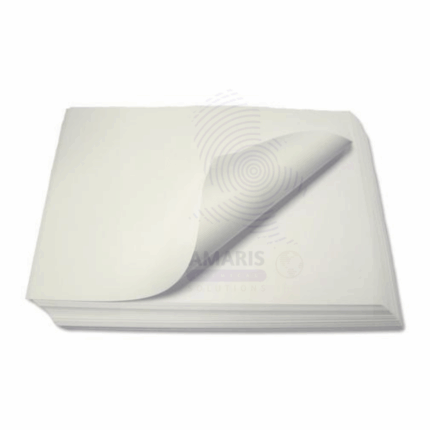
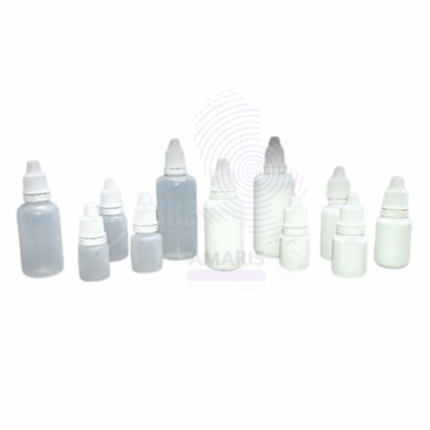

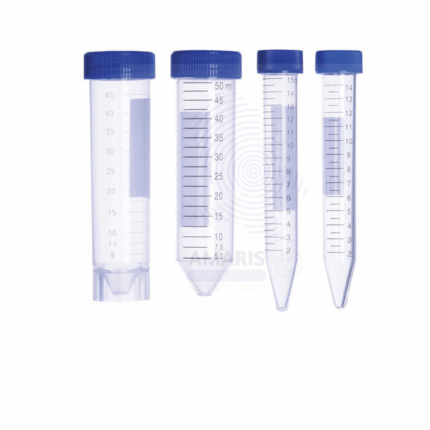
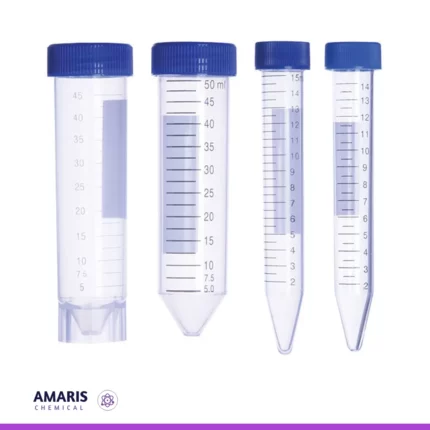
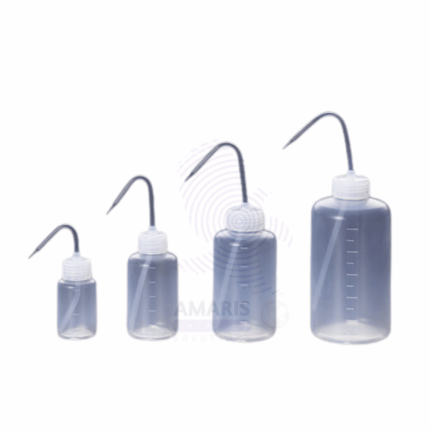

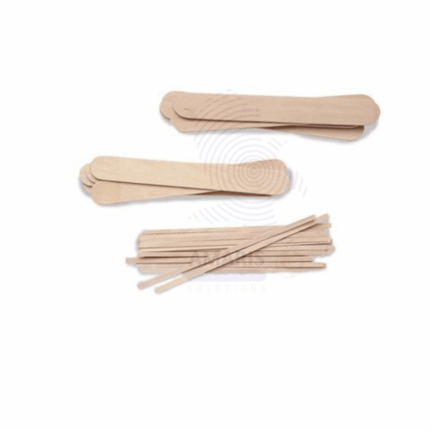













Reviews
There are no reviews yet.